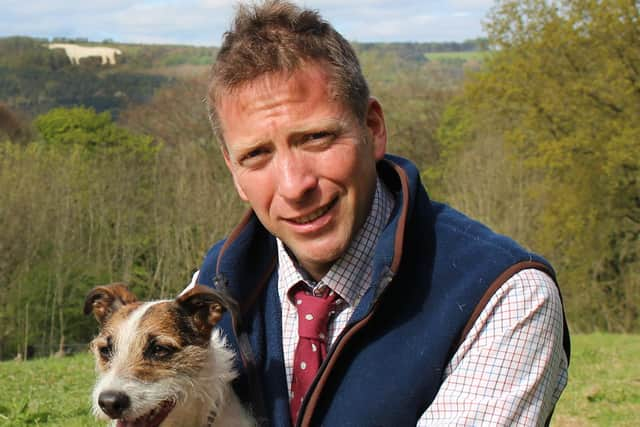The Yorkshire Vet on why we don’t know what animals can think and probably never will
Normally, walruses live in the shallow waters of the arctic and subarctic, typically along the eastern coast of Greenland, between Alaska and Eastern Russia, and around Northern Canada. This was the first one ever to have visited the UK. They are distinctive because of their huge bulk- a bit like Jabba the Hut- and their imposing curved tusks. They are not generally dangerous or threatening. Their only natural predators are Orca Whales and Polar Bears, which might explain why Thor seemed so relaxed and content as he reclined on the jetty at Scarborough harbour. He was safely away from either. Appealing as Thor was though, nobody wanted him to get too comfy or outstay his welcome. Last summer, another walrus with a wanderlust found herself in a spot of bother. Freya became overfriendly and developed the habit of climbing onto the decks of small boats to sunbathe, on the fjords around Oslo. The safety-conscious Norwegians decided to euthanase the interloper, which seemed a bit draconian; poor Freya.
Fortunately, Thor’s sojourn was shorter. He only stopped long enough in Scarborough for a bag of chips and some crab sticks, then he was off on his travels again, slipping back out to sea, quietly quitting the harbour walls. Destination Blyth. Maybe the nightlife was better there?
Advertisement
Hide AdAdvertisement
Hide AdI love stories like Thor. Was he lost, or was he simply travelling the world? On his gap year, perhaps? Anthropomorphising human feelings onto (or into) animals, however, is usually not at all helpful (walruses, of course, don’t have a gap year, for example) and can lead to incorrect decisions being made or wrong conclusions being drawn. We don’t know what animals can think- we probably never will. However, I think it is sometimes fair to make sensible extrapolations. When I watch gangs of young lambs charging around the grassy fields in warm sunshine (it won’t be long now), chasing, playing, jumping and skipping; or an eventer with adrenalin coursing through its veins and straining every sinew; or my own dog, Emmy, as she dives with abandon into the beck to retrieve her tennis ball, it’s impossible not to imagine happy thoughts flooding through the minds of these creatures. Even the peaceful chewing of a ruminating cow exudes a calm contentment. Anyone who observes animals will recognise these traits and agree that happy animals are all alike. I read somewhere recently that bees enjoy playing football. Maybe I’ve misinterpreted that. I’m sure I read they could play football; I don’t suppose that means they necessarily enjoy it. But why not.


As Thor made his way to Blyth and beyond, it is surely fair to assume he is having a good time exploring the world outside his comfort zone. I hope he makes his way home safely- there is sure to be a tracker following his progress, so it would be nice to keep in touch. Perhaps he’ll come back to visit again one day. If he does, let’s hope he pre-books his tickets to the Sea Life Centre. Pre-booking is essential, Thor. Though you might even get a free ticket.